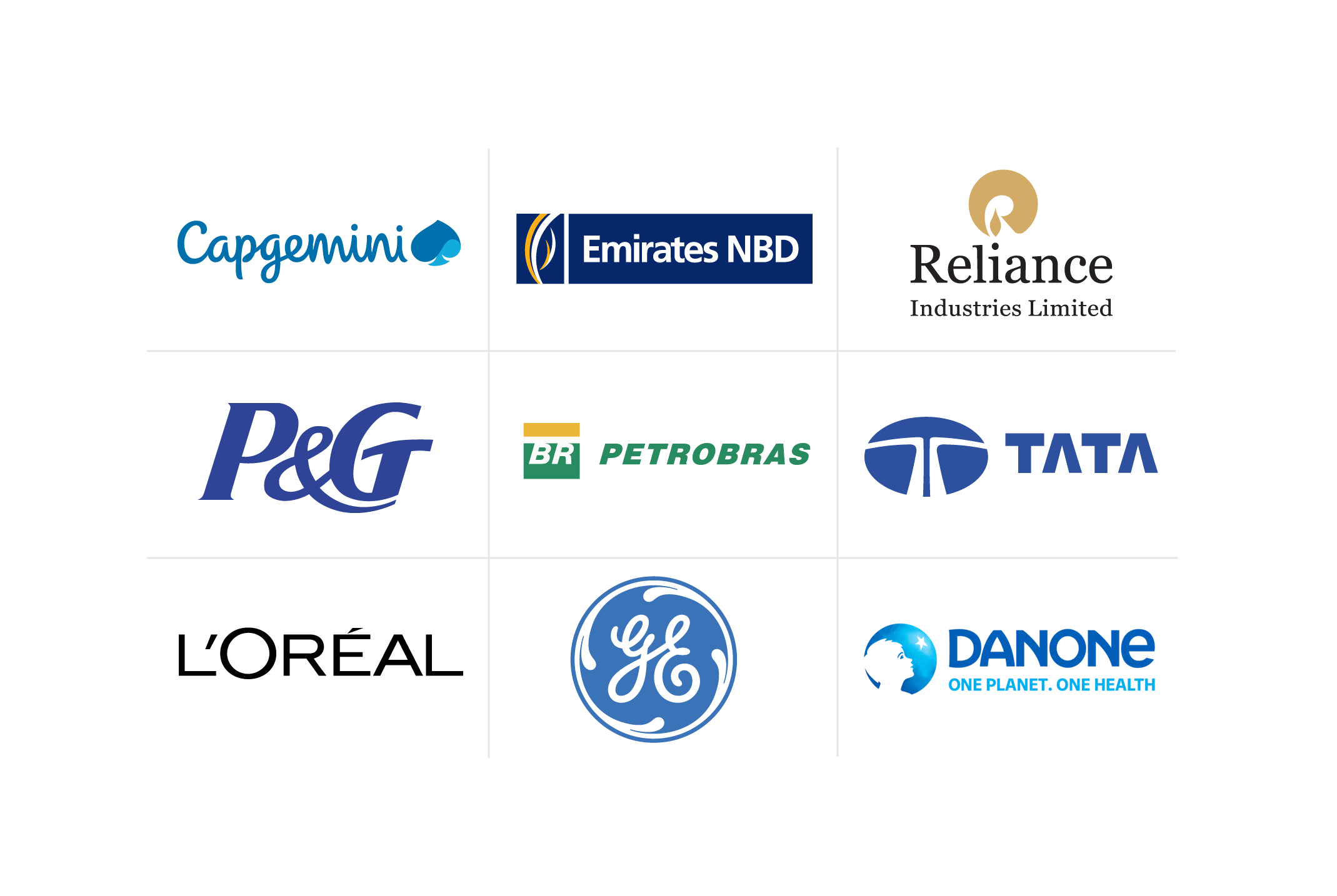What Is Positive Leadership? An Employer’s Guide
What makes a positive leader? Great leadership comes in many forms, with a positive leadership style focusing on positive behavior. Learn more about it, why it’s beneficial, and how to adopt this leadership style.
![[Featured image] Manager and employee discuss plans for a marketing campaign](https://d3njjcbhbojbot.cloudfront.net/api/utilities/v1/imageproxy/https://images.ctfassets.net/2pudprfttvy6/2CcRTQSIc35Wc7zo4zoOFF/3bc10451c5e8d714ba0ca7993c36e7a0/GettyImages-1143476032.jpg?w=1500&h=680&q=60&fit=fill&f=faces&fm=jpg&fl=progressive&auto=format%2Ccompress&dpr=1&w=1000)
Positive leadership is a leadership style that borrows ideas from positive psychology. It focuses on positive behavior and inclusive techniques to encourage, support, and lead. While some leadership styles focus on authoritative methods or control to manage people, positive leadership, by contrast, is about empowerment and is shown to have an upward effect on morale, job satisfaction, engagement, and confidence.
In this article, you’ll learn about the types of positive leadership, when this type of leadership is beneficial, and the traits of a positive leader, as well as steps to implement this leadership style.
Types of positive leadership styles
Positive leadership encompasses many leadership styles. These styles generally focus on encouraging and inspiring rather than focusing on what not to do. When you adopt a positive leadership style, you encourage others through positive emotions. This includes modeling positive behavior and using techniques to enhance positivity to bring about self-awareness, optimism, motivation, and change.
Read more: Company Culture: Why It Matters
You’ll find many leadership styles that come under the category of positive leadership. Let’s take a look.

Transformational leadership
Transformational leaders are inspiring and motivating. With this leadership style, you motivate others to work toward a goal by creating a strong, exciting vision that people buy into and collectively motivate them to achieve. If this is your style, you are empowering, with a skill for sharing the bigger picture and encouraging others through modeling trust, commitment, and a strong work ethic.
Authentic leadership
An authentic leader is open, honest, and true to themselves. This type of leader inspires others through trusting relationships, focuses on inclusivity, transparency, and genuinely interests in your team, their strengths, and preferences. Authentic leadership is about embracing mistakes, learning from them, modeling learning, and developing in a safe, supportive environment with honest, constructive feedback and encouragement.
Coaching leadership
Coaching leadership is characterized by your ability to help team members achieve their goals through encouragement, positive reinforcement, and a careful balance of praise and highlighting where improvement is needed. It is about goal setting, challenge, and accountability from someone who emanates trust, support, and encouragement.
Charismatic leadership
If you are a charismatic leader, you are excellent at engaging with people and persuading them to work toward your vision. You are inspiring and motivating and have a personality people want to collaborate with and be around. Your enthusiasm and passion are catching.
Traits of a positive leader
As you’ll have noticed above, positive leadership comes with certain traits that define the style and put people at the center. Let’s take a look at some in more detail:
Care and support
As a positive leader, you advocate for your team. They know you have their backs and genuinely care about their well-being and how you can assist them. Look for root causes and support your team with any challenges they face should results fall short.
Empowerment
Empowering people is an essential part of positive leadership. It’s not just about supporting your team but inspiring and motivating them to achieve their potential. You do this by creating a supportive environment where people can solve problems, learn from mistakes, and use their strengths.
Read more: 4 Steps to Build Employee Empowerment
Passion
Part of positive leadership is having passion and commitment to your vision and leading by example. Passion and dedication inspire others and encourage people to want to contribute to and achieve the vision you’ve mapped out.
Authenticity
Your authentic self is vital in positive leadership. It involves being open, transparent, and someone your team can relate to, feel safe with, and be supported by. Being authentic also means crediting others where credit is due and recognizing the individual contributions others make to the team.
Confidence
As a good leader, you are confident in yourself, your approach, and your team's abilities and contributions. Your decisions inspire confidence in others, who, in turn, can trust you as their leader.
Self-awareness
Self-awareness is important for a positive leader. It allows you to quickly identify your strengths and weaknesses, address them, ask for feedback, and use it to improve.
Who uses positive leadership?
Positive leadership is a style anyone can use regardless of where they are. Leadership styles are a preference, and positive leaders are everywhere. Anyone can employ the techniques and traits needed to become a positive leader.
Some famous examples of positive leaders include the following people:
Martin Luther King
Colin Powell
Abraham Lincoln
Mother Teresa
Oprah Winfrey
Pros and cons of positive leadership
As with any leadership style, there are advantages and disadvantages. Leadership styles are a matter of personal preference, and what works for one person may not work for another.
Pros of positive leadership
Positive leadership has many benefits. Putting people first creates a caring, supportive environment where people feel comfortable sharing ideas, putting themselves forward, and problem-solving, even if they make mistakes. It has been linked to high job satisfaction, enhanced performance, and boosted morale.
Cons of positive leadership
Positive leadership also has downsides. When employers unquestioningly trust their employees, managers may ask fewer questions and believe everything is going well. This can lead to difficulties in addressing issues later on or failure to bring people in line who need closer management.
How to get started with positive leadership
If positive leadership is the right leadership style for you, here are some steps you can take to adopt this approach.
Change your language
Positive leadership focuses on encouraging positive behavior, so positive language is important. Rather than focusing on what not to do, use language that inspires, motivates, and builds confidence.
Empower your team
Empowering your team is critical with this type of leadership. Work with your team to achieve a goal, but give them the space, tools, and resources to solve problems and develop their own innovations rather than micro-managing.
Lead by example
Be the leader your team looks up to by modeling what you want from them and supporting them to do as you do. Being supportive, getting to know your team and their strengths, allowing yourself to make mistakes, and learning from them are great ways to build a team that promotes positive leadership from the top down.
Promote peace
Positive leadership is about creating a supportive, empowering environment where people can grow and thrive. There isn’t room for negativity, so you must have conflict resolution skills and use these to model a peaceful environment.
Take a course
Part of positive leadership is encouraging and supporting your team's development, and you must model this behavior. A great way to do this is to bolster your leadership skills through a course or Professional Certificate.
Next steps
If you want to learn more about leadership styles and ways to improve yours, you’ll find many online courses on Coursera. You may consider the Leading Peoples and Teams Specialization delivered by the University of Michigan or Connected Leadership from Yale University as a starting point.
This content has been made available for informational purposes only. Learners are advised to conduct additional research to ensure that courses and other credentials pursued meet their personal, professional, and financial goals.


